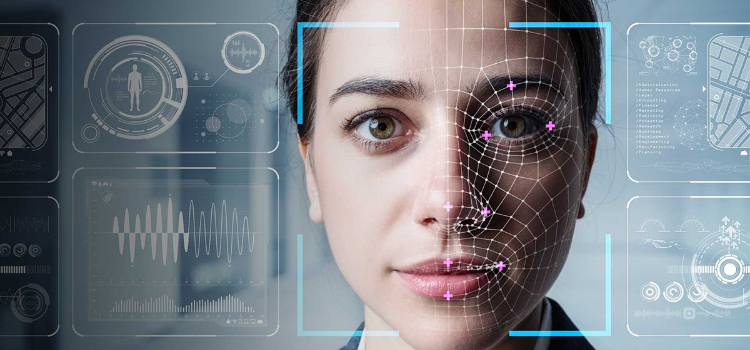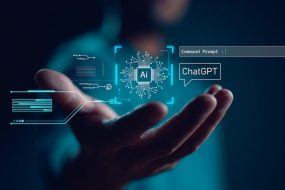
Artificial Intelligence (AI), Machine Learning (ML), and Generative AI are closely related but distinct fields within the realm of technology and computer science. Each has its unique focus and applications. Here’s a breakdown of these terms and their differences:
What is Artificial Intelligence (AI)?
AI refers to the broader concept of creating computer systems or algorithms that can perform tasks that typically require human intelligence. These tasks encompass a wide range of activities, including problem-solving, decision-making, language understanding, perception, and learning.
Characteristics:
- Diverse Applications: AI encompasses various technologies and techniques used across industries, from healthcare and finance to transportation and entertainment.
- Problem-Solving: AI systems can be designed to tackle complex problems by simulating human-like reasoning and decision-making processes.
- Rule-Based or Learning-Based: AI can employ rule-based systems, where predefined logic guides decision-making, or learning-based approaches, where algorithms improve performance by learning from data.
- Language Understanding: Natural Language Processing (NLP) is a crucial component of AI, allowing machines to understand and generate human language.
- Robotics: AI is used in robotics to enable machines to interact with and respond to the physical world.
What is Machine Learning (ML)?
Machine Learning is a subset of AI that focuses on the development of algorithms and models that enable computer systems to improve their performance on a specific task through learning from data. ML allows systems to recognize patterns, make predictions, and adapt without being explicitly programmed.
Characteristics:
- Data-Driven: ML algorithms learn from data, which can be labeled (supervised learning), unlabeled (unsupervised learning), or a combination of both (semi-supervised learning).
- Pattern Recognition: ML models excel at recognizing patterns, which can be applied to tasks such as image recognition, speech recognition, and recommendation systems.
- Examples: Common ML techniques include linear regression, decision trees, neural networks, and support vector machines.
- Training and Inference: ML models go through a training phase, where they learn from data, and an inference phase, where they make predictions or decisions based on what they’ve learned.
- Applications: ML is used in diverse applications, such as fraud detection, autonomous vehicles, and personalized content recommendations.
What is Generative AI?
Generative AI is a specialized area within ML that focuses on creating new content or data, often in the form of text, images, audio, or video, based on patterns and knowledge learned from existing data. It is used for content creation and enhancement.
Characteristics:
- Content Generation: Generative AI models are designed to produce content that appears as if it were created by humans, making them useful for creative tasks.
- Examples: Prominent generative AI models include GPT (Generative Pre-trained Transformer) for text generation and GANs (Generative Adversarial Networks) for image generation.
- Data Synthesis: Generative AI can synthesize data that resembles real-world data, which is valuable when real data is limited or privacy concerns exist.
- Applications: Generative AI is used in various fields, from generating text for articles and chatbots to creating realistic images and enhancing video content.
In summary, AI is the overarching concept that aims to simulate human intelligence, while ML is a subset of AI that focuses on learning from data. Generative AI, in turn, is a specialized branch of ML dedicated to content creation and data generation based on patterns and knowledge learned from existing information. Each of these fields has its own set of techniques, applications, and use cases, contributing to the advancement of technology and automation across industries.











